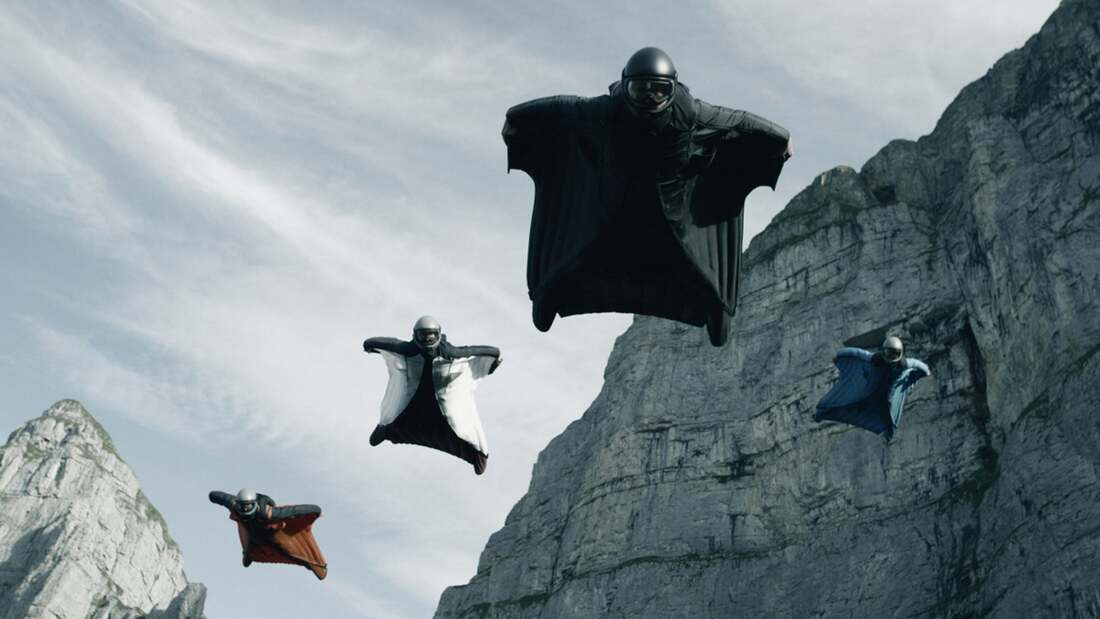|
"We are not in the Danger Business, we are in the Safety Business" - Gavin Martin. Coordinator @ The International Stunt Academy Some guidance for aspiring stunt people to help you improve your approach to risk assessment and safety measures in your stunt training and performance:
While we can assume its the role of others around us to design, coordinate and work to ensure our safety, as stunt performers WE must always prioritize safety and risk assessment, and ultimately OWN being the last decision maker in the chain. By understanding the stunt, planning it meticulously, identifying and mitigating risks, performing a comprehensive risk assessment, training for the stunt, evaluating the situation, and having a "no" policy, stunt performers can reduce risk and increase safety in stunts. Comments are closed.
|
AuthorThis blog os co-authored by The ISA Team Archives
June 2024
Categories
All
|


 RSS Feed
RSS Feed

2/12/2023